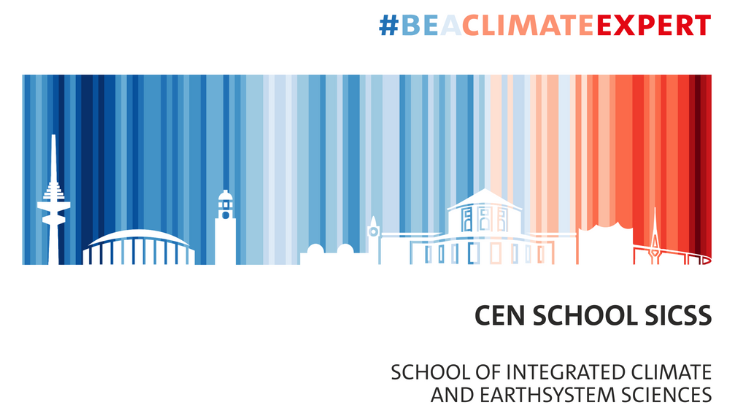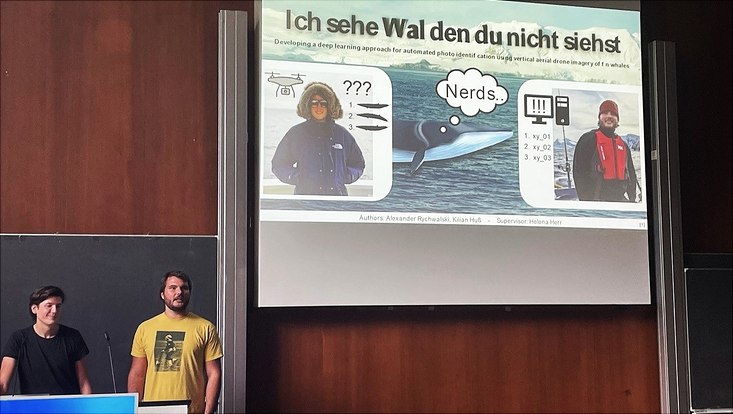Climate scientist for a day
2 May 2024, by Miriam Frieß

Photo: Miriam Frieß
During this year’s Girls’ Day on April 25, a total of 20 teenagers aged 13 to 16 got a glimpse behind the scenes of climate research. During the event, which was jointly organized by the Cluster of Excellence for climate research CLICCS and the Center for Earth System Research and Sustainability CEN, participants not only had the chance to meet and talk with female climate researchers, but to try their hand at lab work, and to find out what climate researchers actually do.
The scene at the Institute of Soil Science: the teenagers are wearing white lab coats and protective goggles, just as they should in a laboratory. Most of them have brought along bags or small jars of soil: soil samples from their own backyards, flowerpots, or the park down the street. In the lab, scoops, scales, and test tubes are ready and waiting for them. Here, the participants measure the samples’ pH value, which will tell them whether they are alkaline or acidic, an aspect that can have a major impact on the plants growing in the soil. They also test the soil’s conductivity, which indicates the concentration of salts – which plants need just as much as water in order to grow. Two of the girls are confused by the fact that they came up with very different readings, even though they collected their samples from the same place. “Some fluctuation is normal. That’s why we always collect several samples and then use the average value,” one of the attending supervisors explains.
The lab work is the second-to-last point on the agenda. The day opened with a welcome from the Cluster of Excellence’s Equal Opportunities Coordinator Sebastian Zubrzycki, who had also co-organized the event in the past two years to get girls interested in the STEM subjects. Next, a number of female researchers offered glimpses into their work, showed videos from their expeditions, and talked about how they got started in their research careers. Soil expert Simran Sekhri rounded out the final presentation with a puzzle, in which the teenagers’ task was to match worms, plants, and chemical elements to different soil layers.
After the lab work, Zubrzycki handed out feedback forms and asked the participants what they thought about the day. Many of them had especially enjoyed the hands-on work in the lab. They were also impressed by the diversity of climate research and the stories from expeditions to Africa and Siberia. In closing, one girl said: “To me, it was great to see that sustainability can play such a huge part in science.”


